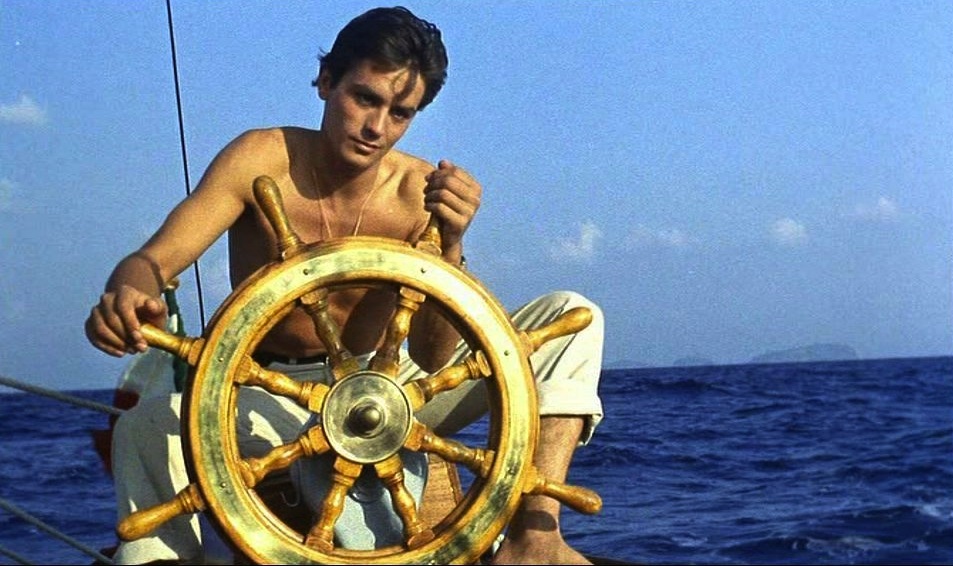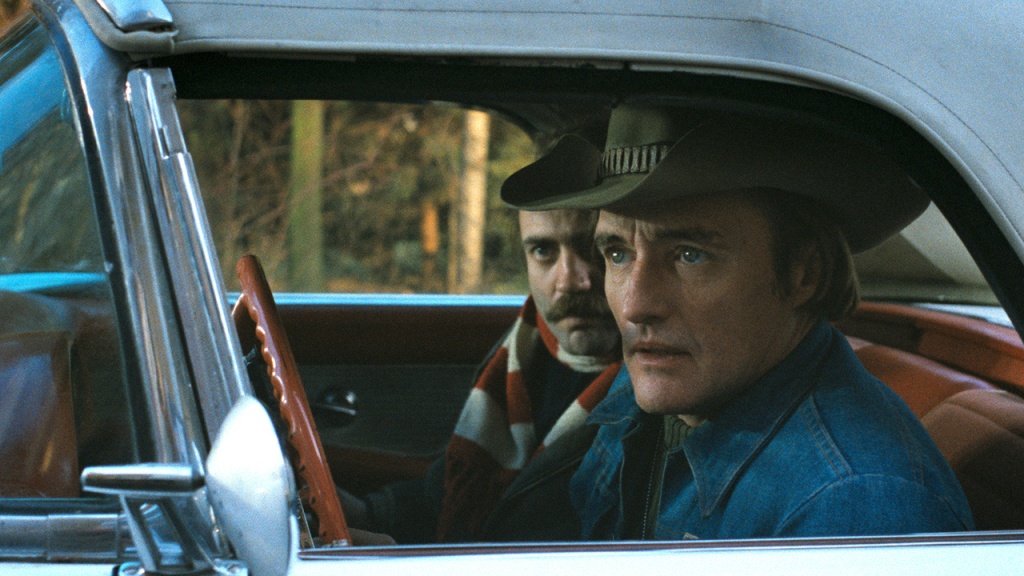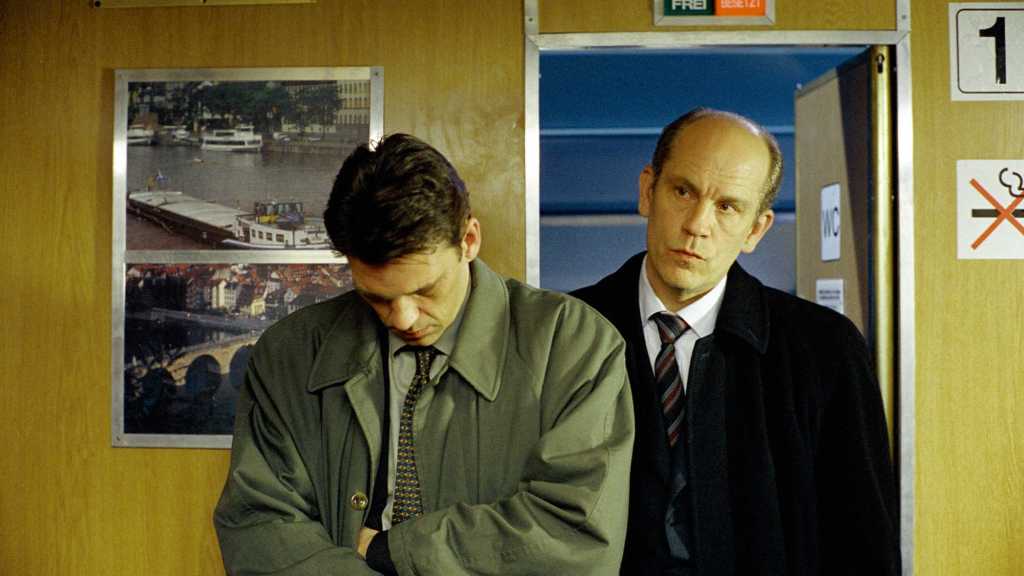
Everyone loves a good psychopath, and although she’s been dead for nearly 30 years now, Patricia Highsmith’s elegantly amoral creation Tom Ripley is having a moment.
Thanks to a shiny new Netflix series and continuing interest in Highsmith’s prickly, propulsive novels, Ripley is still everywhere. After all, we’re in an age of con men, grifters and people who consistently refuse to apologise or show remorse… really, it’s like 2024 was a time made for Ripley.
There have been many different Ripleys on screen over the years, with Andrew Scott’s tense performance in the Netflix miniseries just the tip of the murderous iceberg.
Still, for my money, you can’t go past Highsmith’s taut original five novels, which still hold up terrifically well as the story of a man without a conscience.
The first, The Talented Mr Ripley, is the one that has been adapted multiple times. Tom Ripley is a small-time criminal who ends up recruited by a rich businessman to persuade his dilettante son Dickie Greenleaf to return to America from Italy. But once in Italy, Ripley finds himself consumed with envy over Dickie’s easy life and thus begins a series of events that leads to the birth of one of fiction’s most memorable murderers.

Anthony Minghella’s 1999 movie of The Talented Mr. Ripley is the gold standard of Ripley on screen – with honestly one of the best casts of the past 30 years – Matt Damon as Ripley, bronzed Jude Law as Dickie Greenleaf, Gwyneth Paltrow, Cate Blanchett and Philip Seymour Hoffman all basking under the sun-drenched Italian skies. It’s a gorgeous movie which makes its violence all the more harrowing and Damon’s subtle, yearning performance remains one of his best.
But while Minghella’s Oscar-nominated hit is Ripley’s biggest cinematic moment, the character actually made his film debut way back in 1960 in René Clément’s French adaptation Purple Noon. It shares much of the same colourful excess and elegance of Minghella’s take. Many people think Alain Delon was the most handsome actor of all time, and how could one argue? More controlled and less human than Damon’s Ripley, he’s a living work of art. While it deviates a fair bit from the book, Purple Noon in my mind stands close to Minghella in depicting Ripley’s first, most awful crime.

The new Netflix series Ripley eschews colour for a glittering black and white look. Like most Talented Mr Ripley adaptations it’s beautiful to look at, and full of sharp little details as it unfolds over a leisurely eight hours, which gives the story room to breathe (although it can be a bit too slow-moving at times). Andrew Scott of Sherlock and Fleabag fame has a nice haunted charisma about him as his Ripley slides into murder, although at 47 he’s a little on the old side to play young Ripley.
Yet, I have to admit, while I quite like The Talented Mr Ripley in all his film incarnations, I really enjoy the other four novels in the series, where a slightly older Ripley has settled down with a gorgeous, enigmatic cipher of a rich wife at an estate in France, living the life of leisure he so adored in Dickie Greenleaf’s day. The “origin of Ripley” in the earlier books is a great yarn, but there’s something even more alluring to me about a Ripley who’s settled into luxury and yet still has dark urges he has to give in to. Much of the ‘charm’ of the Ripley novels is seeing how this sociopath lures you into rooting for him as he attempts to get away with his various crimes.
Highsmith’s second book, Ripley Under Ground, a twisty narrative revolving around art forgery, suicide and deception, introduced the adult Ripley, juggling his comfortable life and his homicidal habits, and is a fine introduction to his changed circumstances. It received a pretty obscure adaptation in 2005 starring a rather awkward Saving Private Ryan’s Barry Pepper – and I have seen it, but so long ago that I barely recall it.
Ripley’s Game, the third novel, has gotten two high-profile adaptations over the years, both departing a bit from Highsmith’s original but nicely capturing the sick morality game Ripley plays with a victim after an unintentional slight. It’s a great example of how Ripley plays the ordinary man, but conceals a beast within.
As a very offbeat take on Ripley’s Game, Wim Wenders’ 1977 The American Friend is quite a good movie, but casting Dennis Hopper as Ripley – in a cowboy hat! – turns it into something rather different than the source material. Hopper’s Ripley is twitchy and eccentric, and it feels like there’s far more Hopper than Ripley in the mix.

The 2002 version of Ripley’s Game was not a huge success, but has held up fairly well – its main charm and detriment is the casting of sinister John Malkovich as Ripley. His Ripley is blatantly malign, pushing the story a bit harder in the direction of making Ripley a supervillain rather than a man without a conscience. But Malkovich is, as always, great fun to watch as the sneering Ripley, and unlike Hopper, he doesn’t feel miscast – just a bit on the unsubtle side.

Meanwhile, the final two books in Highsmith’s series are ripe for the plucking – The Boy Who Followed Ripley features a twisted young ‘fan’ of Ripley, while Ripley Under Water closes out the series by having all of Ripley’s past ghosts come back to haunt him in a solid thriller. They’re all great quick reads that linger in your mind.
I’ll always lean towards Highsmith’s tightly controlled novels over all the Ripley adaptations, I reckon, but Ripley has still proven remarkably endurable over the decades for film. None of the adaptations have been terrible and some, like the glossy Minghella epic, Alain Delon’s peerless sculpted beauty and Malkovich’s sneering elder statesman, have been great.
There’s a little Tom Ripley in most of us, I believe, and sometimes, there’s nothing quite like watching a murderer get away with it, and pondering the strange charms one can find in the evil that men do.



























